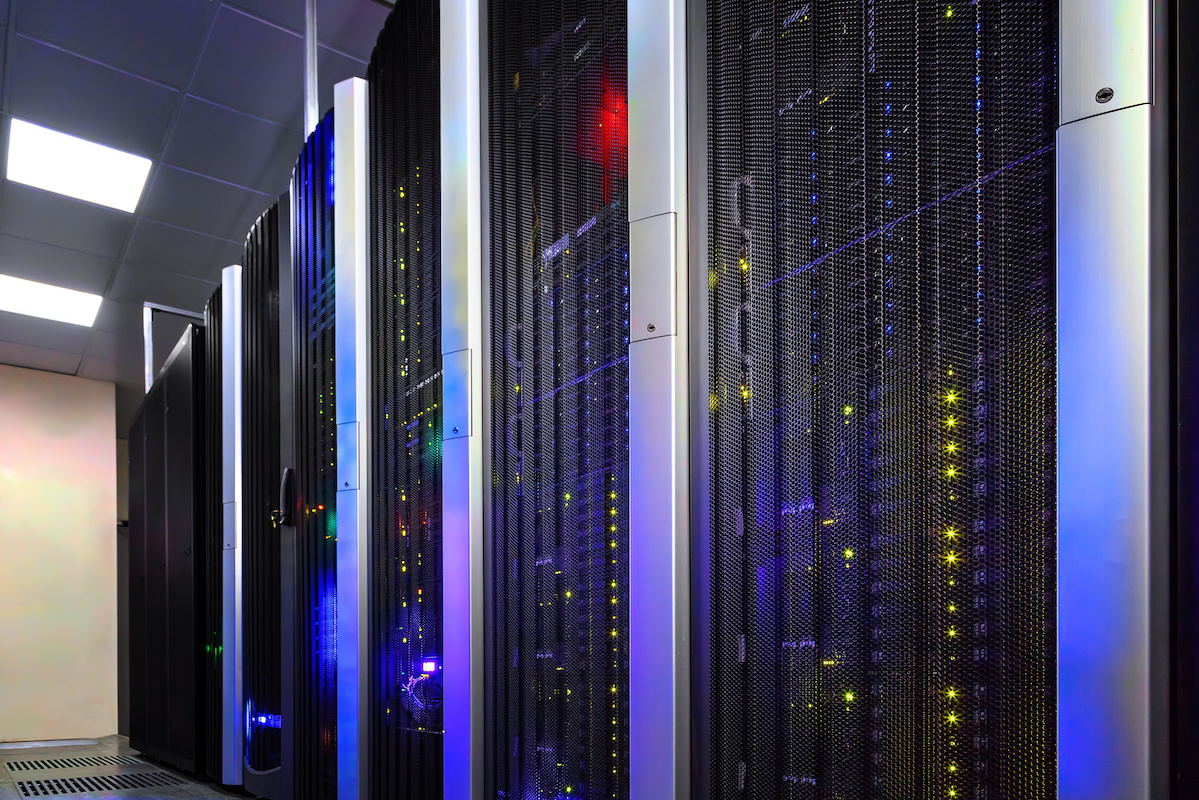3 Energy Efficient Strategies to Consider for Data Centers15 min read

Data centers now pack more processing power than ever into highly dense computing environments, which can be a significant drain on operational budgets for numerous reasons:
1. Expands power demands
2. Increases costs
3. Creates excessive heat
Professionals who manage data centers understand that these issues are more critical than ever and mitigating them has become one of their biggest challenges. Fortunately, data centers can find ways to save energy and costs by better managing their power and cooling infrastructures. Here are three energy efficient strategies data centers can deploy to save energy and reduce costs.
1. Consolidate Data Centers, Servers, and Storage
Data center managers can consolidate underutilized data centers into one location, if feasible. Furthermore, an organization can achieve substantial savings by sharing cooling and backup systems for load support.
When it comes to servers, blade servers can sustain consolidation. More processing output can come from a blade server with the amount of energy input. Because of this, each blade shares a standard power supply, networking, and storage with other blade servers.
In contrast to traditional rack servers, blade servers can perform the same work with 20% less power consumption, maintaining a sustainable business practice.
Additionally, storage can reduce energy in two ways:
- Tiered storage: A large disk drive can slow its operating speed. Data centers should only use high-speed drives wherever necessary. Additionally, it helps to use drives at lower rates for applications that do not require instant responses.
- Consolidated storage: Improve efficiency with larger disk drives through storage consolidation to enhance its use.
2. Manage Airflow to Optimize Cooling Systems
Research shows that a data center’s total energy use, including cooling, can be up to two and a half times the energy expended on running the processors themselves. This is because many data centers use cooling systems inefficiently. The good news is many facilities can reduce their cooling energy costs by better managing their cooling infrastructure.
Consider some of these airflow management opportunities to reduce cooling costs:
- Manage the open area of the horizontal plane of the raised floor. Seal cable openings with grommets and brushes, and manage perforated tile placement. Check the perimeter walls below the raised floor for unsealed wall or partition penetrations
- Close all open space of the vertical plane of IT equipment intakes. Install blanking panels and rack grommets, seal under cabinets, and seal between mounting rails and sides of cabinets.
- Block open spaces underneath racks, where IT equipment cabinets are missing, and where there are gaps between cabinets. In situations when cabinet densities are high enough, or the highest possible efficiency is desired, hot or cold aisle containment is necessary.
- Change the cooling infrastructure by raising cooling-unit, return air temperature set points. Raise set points as high as possible without exceeding the IT equipment intake-air-temperature maximum. Turn off cooling units or reduce fan speeds for units with variable frequency drives (VFD) or install VFDs. Monitor cooling efficiency and make adjustments as needed.
3. Shut Down Idle IT Equipment
Data centers sometimes use IT equipment in a lighter capacity. When the devices become idle, the equipment can still consume a significant amount of power. An x86 server uses 150 to 200 watts at rest, while full utilization is 400 watts.
To enhance efficiency, identify the underutilized equipment and power them down. If a system is in use, consider identifying and removing “bloatware.” Bloatware is ineffective software that generates excessive CPU cycles. More efficient software can help reduce CPU cycles and create more processing output for the same power input.
Making Energy Efficient Transformations
Many data center professionals are either unaware of the efficiency gains they can achieve in their facilities, or unsure of where to start. Fortunately, numerous strategies are available, like the recommended actions listed above, that can help data centers improve energy efficiency and reduce operating costs.
Real-time monitoring, data-driven optimization.
Immersive software, innovative sensors and expert thermal services to monitor,
manage, and maximize the power and cooling infrastructure for critical
data center environments.
Real-time monitoring, data-driven optimization.
Immersive software, innovative sensors and expert thermal services to monitor, manage, and maximize the power and cooling infrastructure for critical data center environments.

Devin Partida
Editor-in-Chief at ReHack
Devin Partida writes about data, cybersecurity and smart tech for ReHack.com, where she is also the Editor-in-Chief.







0 Comments